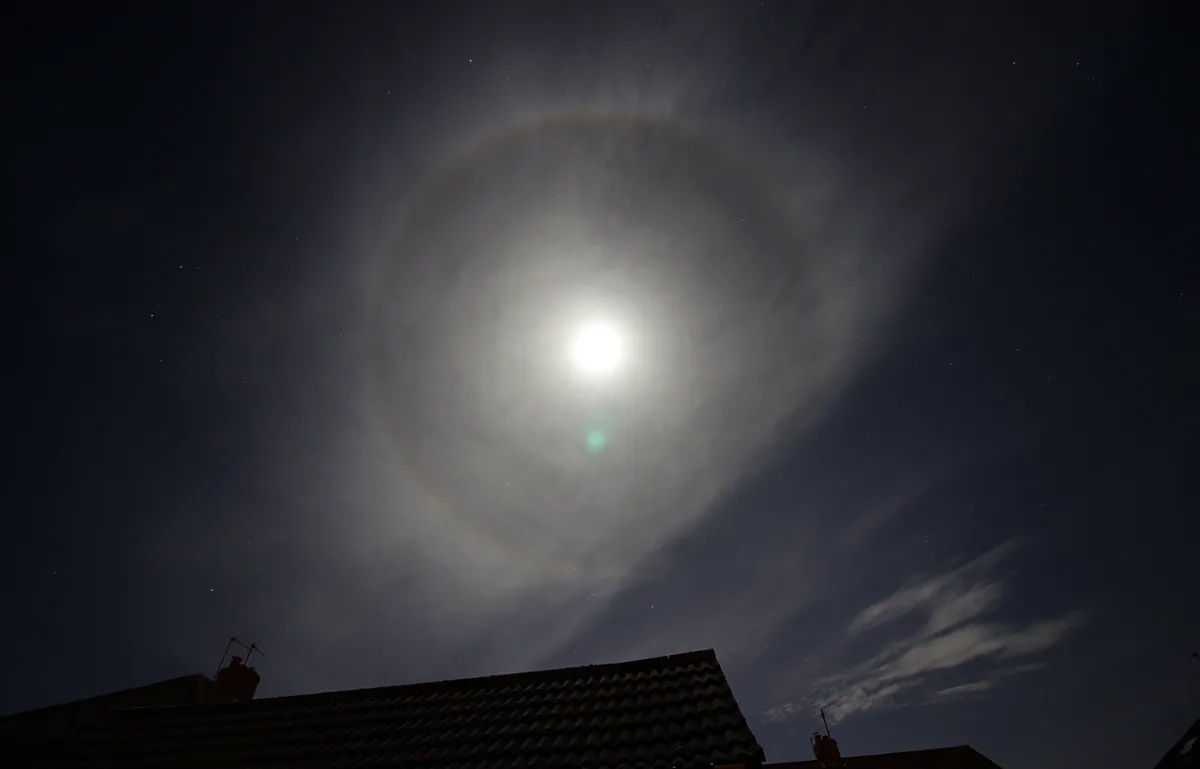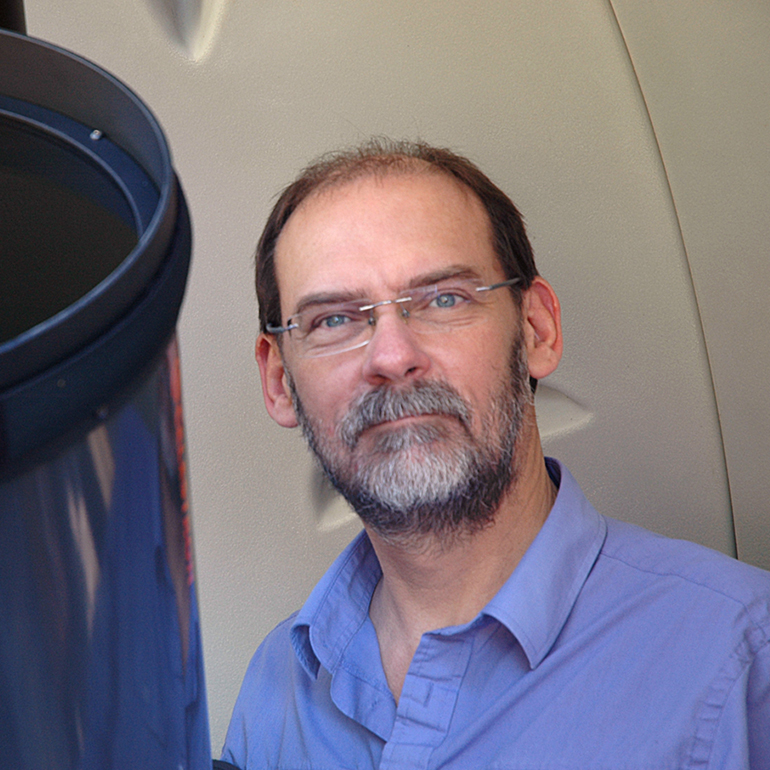There are many telescope filters available to amateur astronomers to help with all aspects of observing the night sky.
One of the most popular is the Moon filter.
This is a ‘neutral density’ filter, which means it is a dark grey coloured filter designed to dim the amount of light passing through it.
Read our guide on how to observe the Moon with the naked eye, binoculars and a telescope.
 Supermoon Halo by Steve Brown, Stokesley, North Yorkshire, UK. Equipment: Canon 600D, 10-18mm lens, static tripod.
Supermoon Halo by Steve Brown, Stokesley, North Yorkshire, UK. Equipment: Canon 600D, 10-18mm lens, static tripod.
You should find that viewing a bright object, such as the Moon, is more comfortable with one of these filters.
It also helps to maintain dark adaptation after studying the Moon through a telescope.
As with many other filters, these can be bought in 1.25- or 2-inch fittings and simply screwed into the barrel of your telescope eyepiece.
They are relatively cheap, at around £15–20 depending on size and quality.
They also come in different densities, which are useful for observing different phases – and therefore different light intensities – of the Moon.

